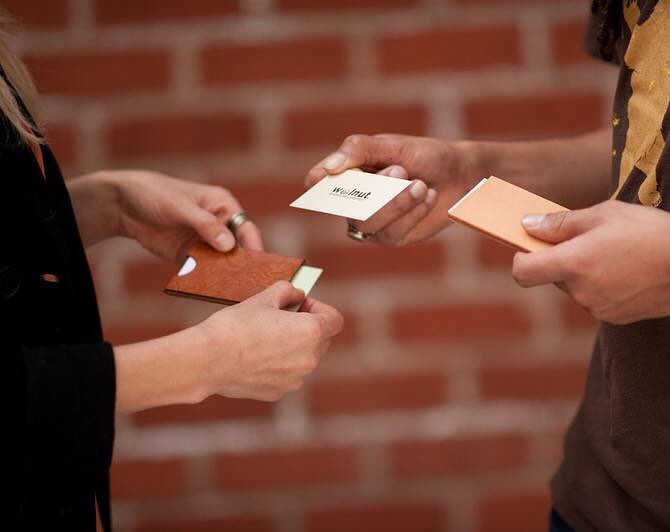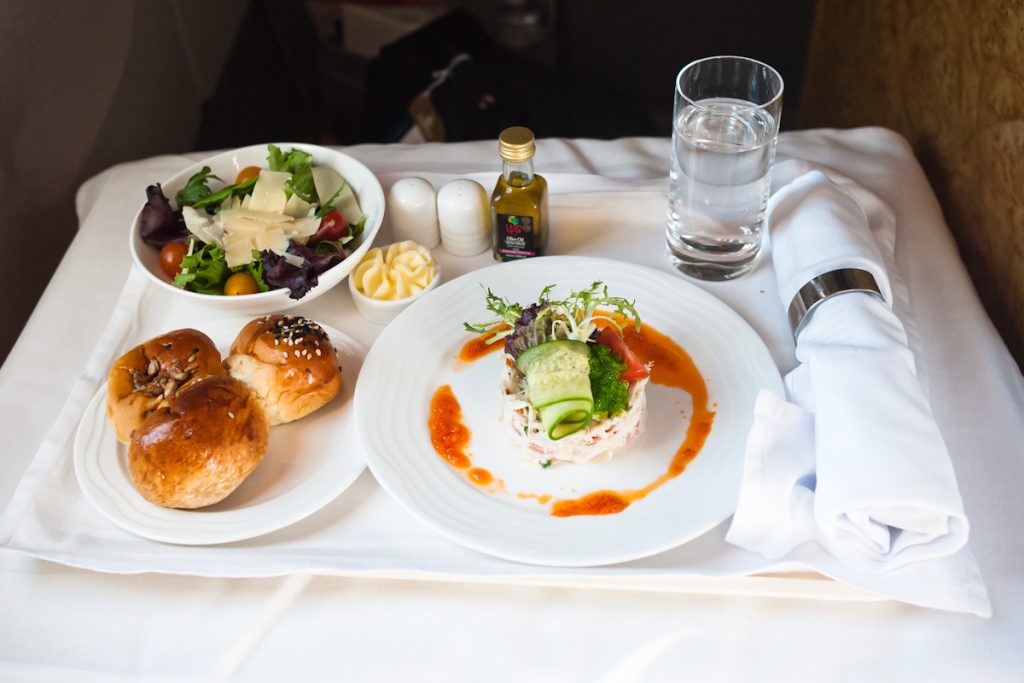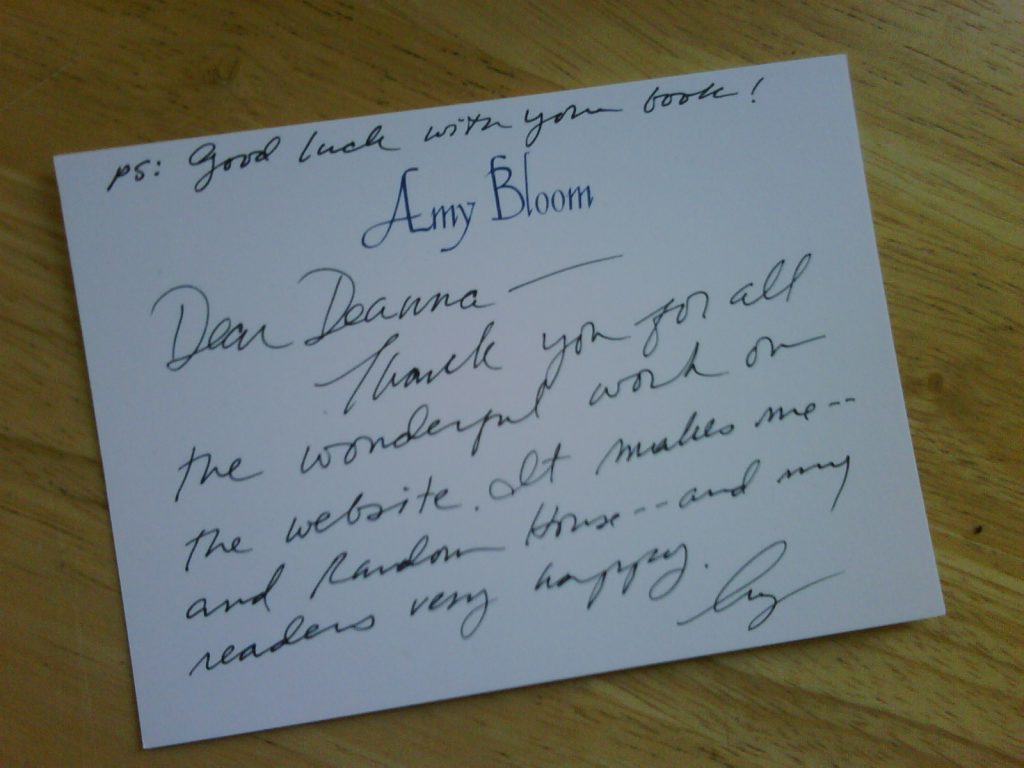4.3 Your Best Behaviour
You probably learned about table manners, thank-you notes, and other forms of etiquette when you were younger. The way you conduct yourself says a lot about who you are in life and, by extension, in business. Although many companies have a casual dress code, don’t be quick to assume that protocol and established practices aren’t important. It would be easy to misinterpret lack of formality as lack of professionalism. Manners matter in selling, now more than ever.
Never Underestimate the Power of Good Etiquette
How do you make a positive impression when you meet someone? What’s the best way to ask for them business card? When is it appropriate or expected to send a thank-you note? Who picks up the bill at a business lunch? It’s hard to know the “rules of the road,” especially in today’s casual, fast-paced selling environment. Etiquette can make the difference in how your customer perceives you and your personal brand.
Etiquette Tips for Conversations, Meetings, and Presentations
Although common sense should prevail in all business communications, here are some tips that will help make your conversations, meetings, and presentations more effective forms of communication:
-

“People Having a Meeting” by Edmond Dantès, CC0 Be prepared; don’t waste anyone’s time or focus.
- Prepare a written agenda and hand it out at the start of the meeting to keep the group focused on the desired topics.
- Speak clearly and at a volume that is easy to hear, but not too loud so as to be distracting.
- Be professional and respectful; don’t interrupt when others are speaking.
- Use eye contact.
- At the end, recap your key points and identify next steps.
In sales, time is money so conducting effective and efficient meetings is critical to your success.
Etiquette for Requesting and Giving Business Cards
“A person worth knowing always carries business cards with him or her. That’s how you put value not just on the card itself, but also on everything it embodies—your profession, company, brand, etc.” (Tanzon-Corre, 2017).
Tips to Exchange Business Cards in a Professional Manner

- Carry your business cards in a case so they don’t wear out or tear as a crumpled business card makes a poor first impression (Ramsey, 2019).
- Never leave home without them. It is unprofessional to have to say “I didn’t bring any with me” (Ramsey, 2019).
- Present your card with the print facing the person receiving it (Tanzon-Corre, 2017).
- Never force anyone to take your card (Bergstrom, 2009).
- When receiving a business card, take a minute to review the information to make sure you remember who gave you the card. Make any notes or comments on it later (Bergstrom, 2009).
Etiquette for Business Meals
The purpose of a business breakfast, lunch, or dinner is to get to know someone and build a relationship.
Table manners are a form of nonverbal communication, and impolite etiquette can reverse all the effort you have put into a relationship. Business meals are so important that many companies use business lunches or dinners as part of the interview process. Whatever the situation, you want to be prepared with proper etiquette for the occasion.
-

“Emirates Business Class Dinner (Appetizer)” by Kenneth Lu, CC BY 2.0 - To help you remember which dishes and utensils to use, think BMW: Bread plate on your left, Meal in the centre, Water goblet on the right (Morris, 2008). Use silverware starting at the outside and work your way in as the meal progresses.
- As a general rule of thumb, the person who invites pays. If you are invited to lunch for an interview, your host pays. If you take a customer out to lunch, you pay (McFadden, 2008).
- Order simply with no messy foods (red sauces, finger foods) and take note of what our host orders. Paying attention to what your host orders will give you an idea of what you should order. (Kolowich, 2017).
- Silence your cell phone (Kolowich, 2017).
- Be courteous to the wait staff. Many people observe how you treat other people, even when you think no one is watching.
Etiquette for Thank-You Notes
There’s nothing more personal than a thank-you note. For the most part, you and your customers are very busy, which is why a thank-you note is even more appreciated. Whether it’s a handwritten note or an e-mail thank you, it will go a long way in building your relationship. It’s a personal touch that sets you apart. It’s never inappropriate to say thank you, but it may be inappropriate not to say thank you.
Tips for Writing Thank-You Notes

- Start with a clear introduction and let the reader know right away that the purpose of the note or e-mail is to thank them.
- Be specific about the situation, date, or other information surrounding the reason for the thank-you note.
- Make it personal and make it special by including your own sentiments.
Imagine getting a personalized handwritten thank-you note when you order a pair of shoes online. That’s what SimplySoles.com does for each customer. Founder Kassie Rempel feels so strongly about thanking customers for their business that every customer who purchases a pair of shoes receives one; each note even mentions the name of the shoe that was purchased (Martin, 2018).
Etiquette Tips for Telephone, Cell Phone, Voice Mail, and Conference Calls
Sometimes, however, the use of technology is entirely necessary to conduct business when personal interaction is impossible. It’s important that verbal communication that is not face-to-face is effective and professional. Because you don’t have the benefit of using or seeing the receiver’s nonverbal communication, the challenges for effective and appropriate communication are even greater.
Do’s and Don’ts of Telephone Etiquette
- Do find the perfect volume for your voice and use it (Smith, 2020).
- Do, when using a speakerphone, conduct the call in an enclosed or isolated area such as a conference room or office to avoid disturbing others in the area.
- Do, speak slowly and spell your name when leaving a voice message. Make sure you identify the time that you called and your phone number (Smith, 2020). Identify the purpose of the call and when they can reach you when they call back so that you avoid telephone tag (Quain, 2007).
- Don’t make or take another call or text during a meeting (Smith, 2020).
- Don’t discuss confidential issues in public areas—you never know who might be listening (Smith, 2020).
- Don’t eat, drink, or chew gum when leaving a voice mail or talking on the phone.
- Don’t leave a long, rambling voice mail message: keep the length between 20 and 30 seconds (Hoffman, 2019).
- Do practice beforehand.
“5.3. Your Best Behaviour” from The Power of Selling by Dr. Michelle Clement is licensed under a Creative Commons Attribution-NonCommercial-ShareAlike 4.0 International License, except where otherwise noted.

